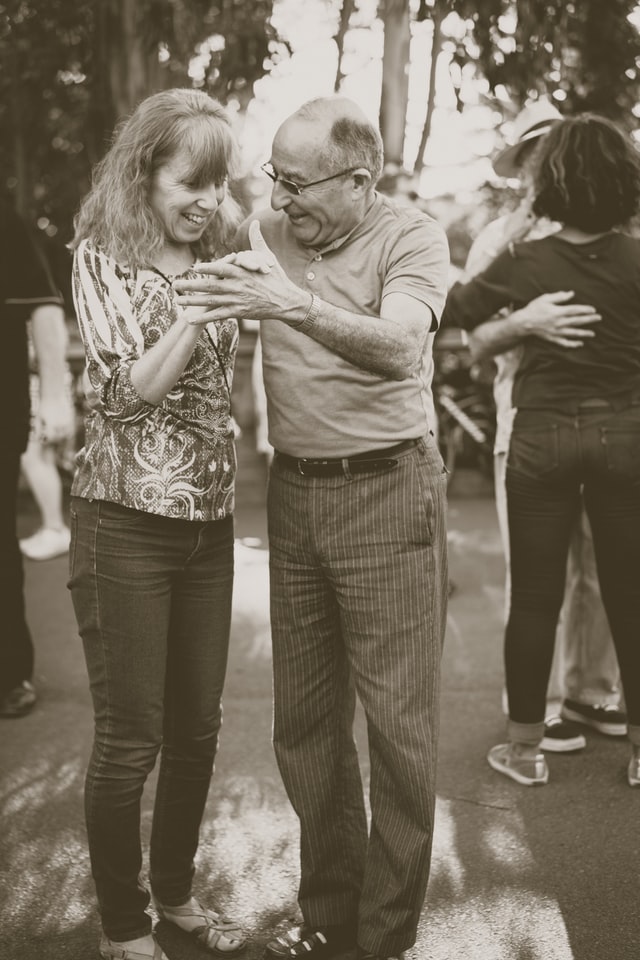Falls are common among older people. Many elderly people have trouble with their legs and feet, which makes them inconvenient in daily life, and they may even fall accidentally. So how to improve the mobility of the legs and feet of the elderly and help them to walk easily is very important. Among the elderly living at home, about one-third of the elderly will fall at least once a year, and about half of the elderly living in nursing homes will fall. In the United States, falls are the leading cause of accidental death, and among people over 65, it is the seventh leading cause of death. Once fall, it is more likely to fall again.
Falls often cause injuries. Some injuries can be very serious (such as hip fractures). Elderly people can overcome the fear of falling and reduce the risk of falling in many ways. Here are tips for reducing falling for the elderly.
1. Regular Exercises
A certain physical condition impairs mobility and coordination and falls often occur when certain environments or potentially dangerous conditions exist at the same time. Most falls are the result of a combination of many factors. For example, Parkinson’s patients and visually impaired patients (a certain physical condition) may trip over the phone extension cord (environmental hazard) when anxious to answer the phone (potentially dangerous situation). The physical condition of the elderly is affected by many factors such as aging itself, physical fitness, disease status, and drugs. And the role of physical condition plays in preventing the falling of the elderly is more important than the specific environment and potentially dangerous situations. Exercise can enhance muscle strength and flexibility and can strengthen the stability of the elderly and the stability of their gait, and the elderly can maintain balance more easily. Poor physical conditions not only increase the risk of falls but also affect the effective response of the elderly to specific environments and potentially dangerous situations. Strength training can improve the strength of the leg muscles, thereby improving the stability of walking. Tai Chi and other balance training, such as standing on one leg, can help improve balance. An exercise plan should be developed according to the needs of different people. Many senior centers and health clubs provide free or cheap exercise classes for seniors.

2. Arrangement in the Home
Most falls occur at home. Sometimes it happens when standing quietly. But most of it happens when going to bed or getting up, standing or sitting, going to the toilet or getting up, walking or going up and downstairs. If the movement suddenly becomes intense or the attention is distracted, it is more likely to fall. For example, when going to the bathroom in a hurry (especially when you are not fully awake at night, or when the lights are dim). Another place where have a high risk of falling is the bathroom. When the floor of the bathroom is wet and covered with hygienic products, it becomes slippery and hard to stand stably. In places where is easy to become slippery, such as bathrooms and kitchens, the floor should be kept dry and frictional. Using a suitable shower chair can effectively lower the risk of falling for seniors when they are having a shower. It is necessary to install bed rails and toilet safety rails in the bedroom and bathroom.
3. Necessary Auxiliary Tools
There are various auxiliary tools in the market for the elderly. It is vitally important to choose a useful and helpful tool for the elderly to lower the risk of falling. Most seniors will choose the upright walker, which can help people maintain a better balance and make their walking safer and more convenient. The handle of the walker must be comfortable. The principle of non-slip should be taken to ensure that the handrails are soft and comfortable to grip and prevent handwear. If people have difficulty grasping the handle, they can wrap it with towels and other fabrics to increase friction while maintaining comfort. Upright walkers can help the elderly with inconvenient legs, patients, and even people who have lost the ability to walk independently.
Ending
In conclusion, according to the statistics, falls have become the leading cause of injury and death among elderly people over 65 years of age. Approximately 30% of people over the age of 65 fall each year. 40% to 60% of falls can cause severe lacerations, fractures, or traumatic brain injuries. People need to pay attention to the prevention of falling, especially for the elderly. A simple fall may cause a severe problem for seniors. With fragile bones and losing muscle, it is likely to cause fracture or even more serious injuries to the elderly.
Hey welcome to my blog . I am a modern women who love to share any tips on lifestyle, health, travel. Hope you join me in this journey!

Speak Your Mind